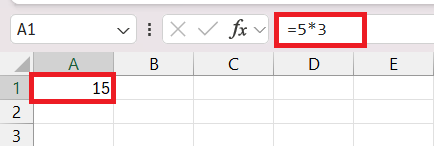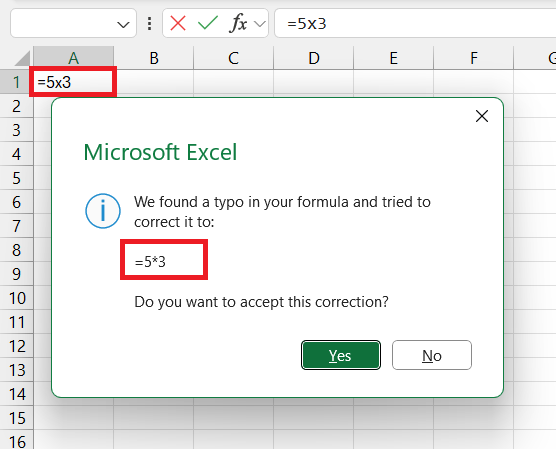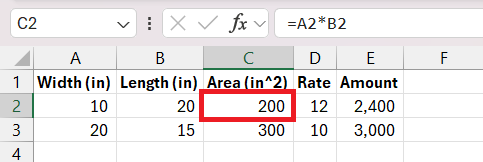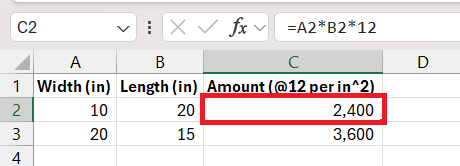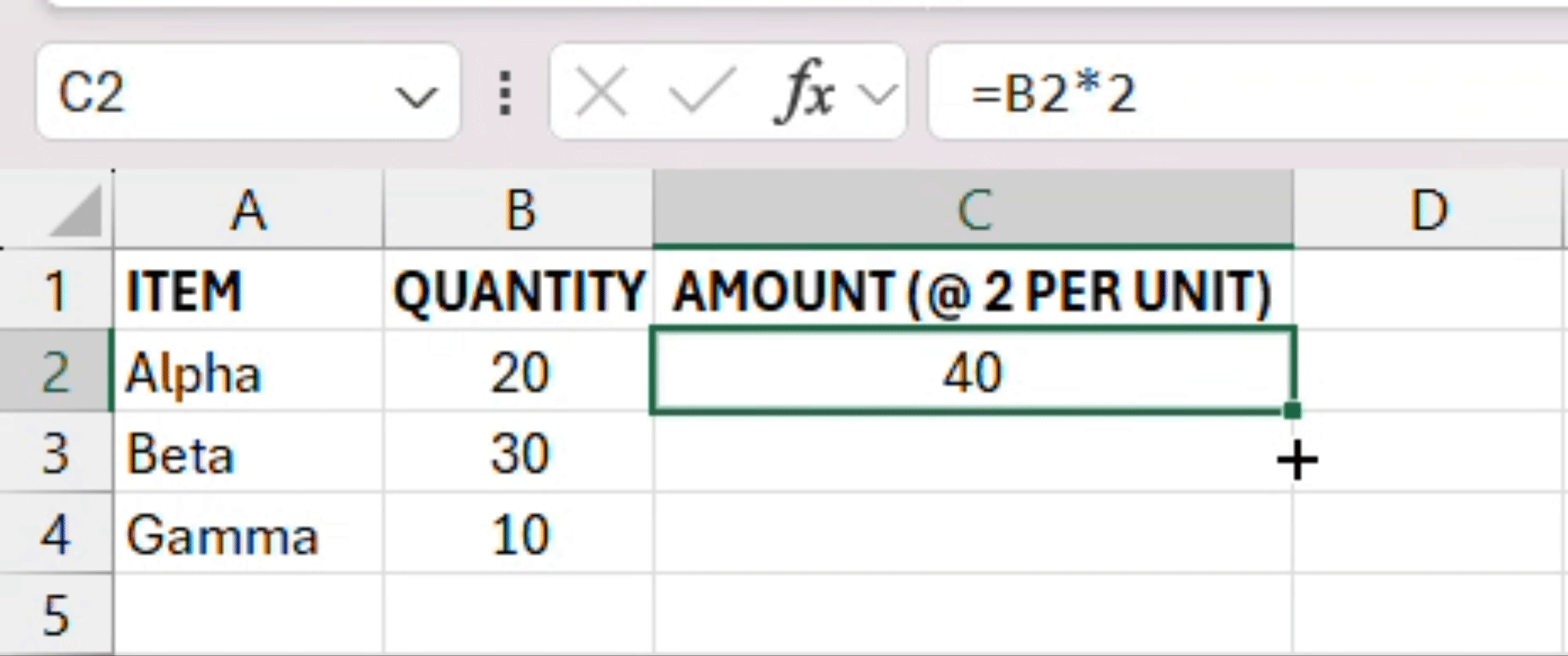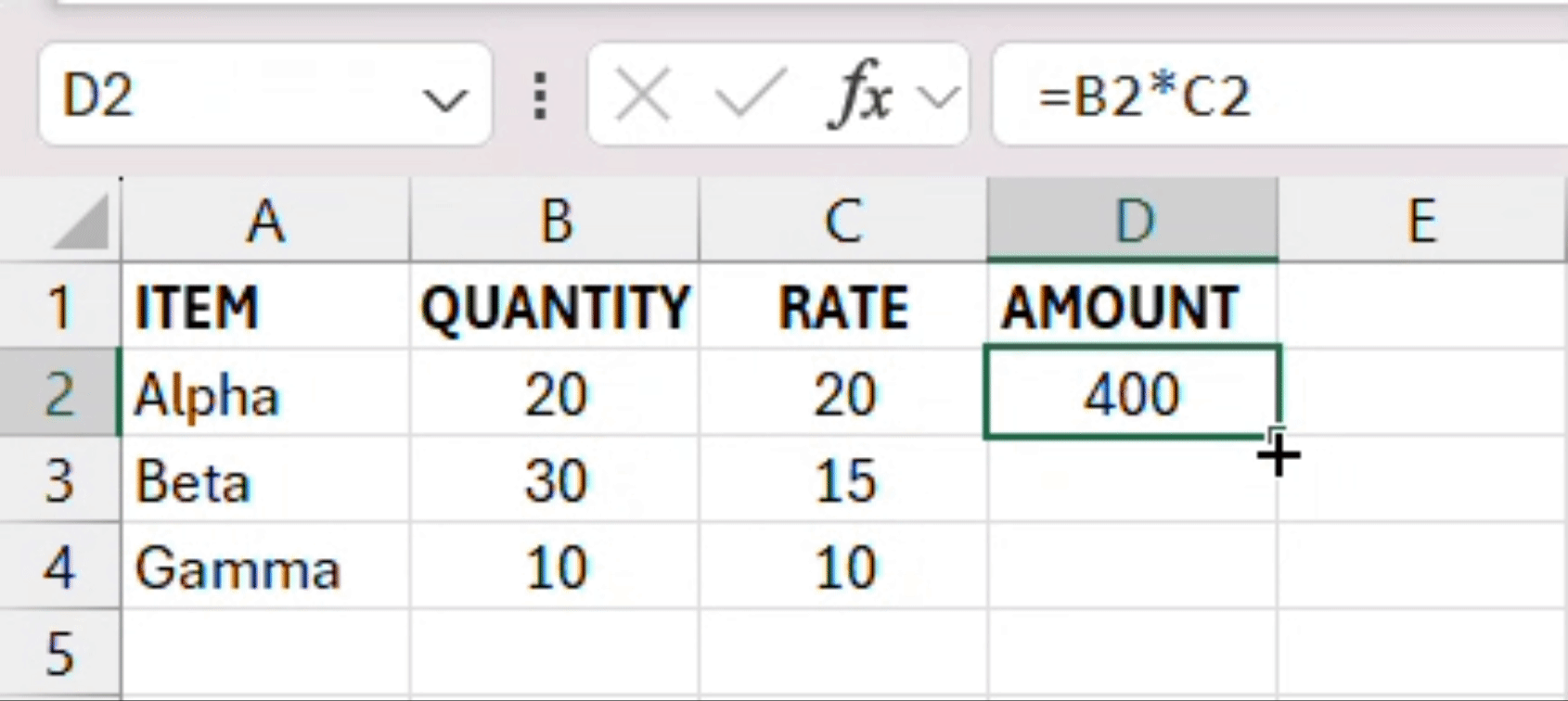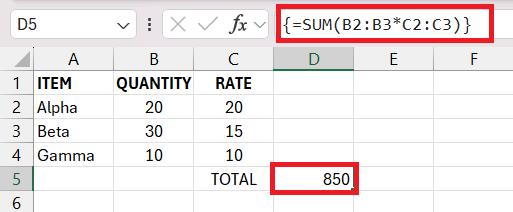Understanding how to multiply in Microsoft Excel is crucial for expediting calculations in various tasks like financial analysis and data management. Whether determining growth rates or computing totals, mastering multiplication streamlines processes, ensuring accurate results efficiently.
Key Takeaways:
- Excel multiplication simplifies complex calculations, aiding in tasks like financial analysis and inventory management.
- Using the asterisk (*) symbol denotes multiplication in Excel, facilitating quick and accurate calculations.
- Common mistakes include incorrect formula syntax and misused cell references, easily avoidable with vigilance.
- Leveraging functions like PRODUCT streamlines multiplying multiple numbers or cell ranges, enhancing clarity and efficiency.
- Advanced techniques like array formulas enable bulk operations, such as multiplying across cell arrays, and optimizing productivity and accuracy.
Table of Contents
Introduction
Why Multiplication Skills in Excel are Essential
Knowing how to multiply in Excel can dramatically speed up calculations in financial analysis, inventory management, and data analysis tasks. Whether it’s calculating totals or determining growth rates, multiplication skills are fundamental for producing accurate results efficiently.
The Purpose of This Step-by-Step Guide
This guide aims to equip you with the knowledge to perform multiplication in Excel with confidence and precision. From the basics to more complex formulas, you’ll learn various techniques that will enable you to handle multiplicative tasks with ease, streamline your workflows, and increase your productivity.
Laying the Groundwork
Understanding the Basics of Excel Multiplication
Multiplication in Excel isn’t much different from the basic arithmetic you learned in school, but with a digital twist that can make everything much faster. At its core, you’ll be using the asterisk symbol (*) to indicate multiplication. For instance, to multiply 5 by 3, simply enter =5*3 in a cell, hit Enter, and voilà, you receive the product—15. Excel takes care of the calculation, allowing you to focus on your analysis.
Common Excel Multiplication Mistakes and How to Avoid Them
Steering clear of errors saves time and ensures accuracy in your Excel spreadsheets. Most multiplication mistakes are due to incorrect formula syntax or using a symbol other than the asterisk (*). Also, be cautious with cell references; a misspelled cell range can throw off your entire calculation. To prevent such pitfalls, double-check formulas before pressing Enter and ensure all cell references are accurate. Lastly, watch out for mixing text with numbers, as Excel will not perform arithmetic on text strings.
The Simple Multiplication Techniques
The Multiplication Operator Approach
The multiplication operator approach in Excel is straightforward: You use the asterisk (*) symbol to multiply numbers or cell references. For example, to multiply the values of two different cells, say A2 and B2, you would enter =A2*B2.
It’s quick, easy, and works flawlessly for single operations or when including multiple factors, just string them along with asterisks in between, like =A2*B2*12.
Using the PRODUCT Function for Straightforward Product Calculation
The PRODUCT function in Excel simplifies the process of multiplying multiple numbers or cell ranges at once. Instead of stringing a long series of asterisks and cell references, you can use the PRODUCT function to neatly calculate the product of an array of numbers.
For instance, =PRODUCT(A2, B2, C2) will multiply the values in cells A2, B2, and C2 together. Or, if you want to multiply a whole range of cells, you could use =PRODUCT(A2:C2).
By incorporating the PRODUCT function into your Excel skill set, you make sure your spreadsheets can handle large-scale multiplication tasks with both efficiency and clarity.
Advanced Multiplication Methods
How to Multiply Columns and Rows Efficiently
Efficiency is key when you’re multiplying entire columns or rows. To multiply three rows by a constant, for example, you would create a formula like =B2*2 in the first row of a new column, then use the fill handle to drag the formula down, automatically adjusting the formula for the subsequent cells (B3, B4, and so on).
For multiplying two columns cell-by-cell, type the formula with cell references, like =B2*C2 in a new column, and double-click the fill handle at the corner of that cell to apply the formula down the entire column. Make the most of the fill handle; it can be the simplest way to ensure consistent multiplication across columns or rows.
Mastering Multi-Cell Array Formulas for Bulk Operations
Array formulas are a powerful tool for performing bulk operations in Excel. They allow you to multiply and perform other calculations across an array of cells with just one formula. To use an array formula, you would input a formula like {=SUM(B2:B3*C2:B3)}.
This multiplies each corresponding cell in range B2:B3 with C2:C3 and sums the result. It’s crucial to press Ctrl + Shift + Enter after typing your formula to tell Excel that you’re entering an array formula, which Excel denotes with curly braces.
Real-Life Scenarios and Solutions
Calculating Total Sales: Multiply Columns by Constants
When you’re tasked with calculating total sales in an Excel spreadsheet, using constants can make the process far more efficient. This method entails setting a single price value in one cell and referencing it in your formula to multiply with the quantity sold for each item.
For example, if the price per t-shirt is in cell H2, you would input =[@Quantity]*$H$2 for each sales entry. This method uses absolute referencing (the dollar signs) to ensure the formula always pulls the correct price, regardless of where you move or copy the formula to within your spreadsheet.
This approach permits you to edit the price in just one cell (H2) whenever necessary, and the total sales across all entries update automatically.
Frequently Asked Questions
What is the formula to multiply in Excel?
To multiply in Excel, you can create a simple multiplication formula using the asterisk (*). Type =number1*number2 into a cell and hit Enter; for multiplying cell values, it’s =A1*B1. This tells Excel to calculate the product of the numbers or cell references.
How do I multiply two columns in Excel?
To multiply two columns in Excel, enter the multiplication formula in the topmost cell of a new column; for example, =A2*B2. Double-click the fill handle to copy this formula down the entire column, multiplying the corresponding cells from each column.
What’s the Difference Between Using an Asterisk (*) and the PRODUCT Function?
Using an asterisk (*) is ideal for simple, one-off multiplications, while the PRODUCT function comes in handy for calculating the product of a series of numbers, cell references, or ranges. The latter makes formulas tidier and more manageable, especially when dealing with a large set of values to multiply.
How Can I Multiply an Entire Column by a Specific Number?
To multiply an entire column by a specific number in Excel, enter the number in a cell (e.g., A2), then in the adjacent column, write =C2*$A$2 where C is the column you want to multiply. Fill the formula down to quickly multiply all numbers in the column by your specified value.
How can I multiply and sum in excel?
You can multiply and sum in Excel using the SUMPRODUCT function, which multiplies corresponding components in the given arrays and then sums those products. The syntax is =SUMPRODUCT(array1, [array2], [array3], ...). This enables you to perform both multiplication and addition in one step.
Why can’t I multiply the other cells with my constant number?
You must ensure the constant cell reference is fixed with dollar signs (e.g., $A$1) when multiplying other cells with a constant. This creates an absolute reference that prevents the cell address from changing as the formula is copied to other cells. Without this, the reference will shift relatively, leading to incorrect calculations.
John Michaloudis is a former accountant and finance analyst at General Electric, a Microsoft MVP since 2020, an Amazon #1 bestselling author of 4 Microsoft Excel books and teacher of Microsoft Excel & Office over at his flagship MyExcelOnline Academy Online Course.

